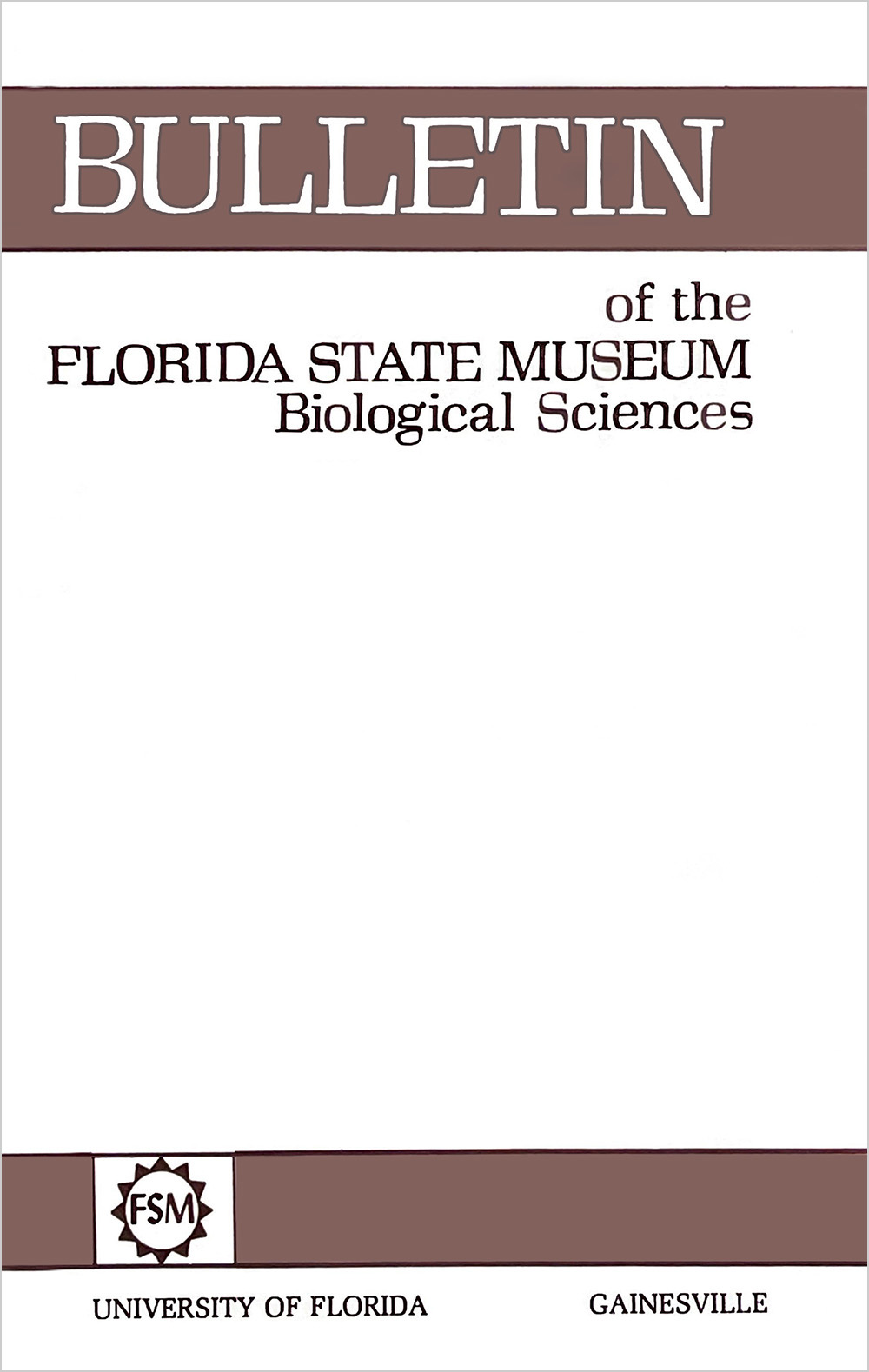The sabercat Smilodon gracilis from Florida and a discussion of its relationships (Mammalia, Felidae, Smilodontini)
DOI:
https://doi.org/10.58782/flmnh.dxkg8662Abstract
Dentitions and limbs of the sabercat, Smilodon gracilis (Cope 1880), are described from several Florida localities, ranging in age from the late Blancan through the Irvingtonian. These samples provide the largest and best known record of the gracile sabercat. Specimens of S. gracilis from Florida are similar to the type material from Port Kennedy Cave, Pennsylvania.
Smilodon gracilis is most closely related to S. populator Lund 1842 (junior synonyms include S. floridanus Leidy 1889, S. californicus Bovard 1907, and S. fatalis Leidy 1868, as revised by Slaughter 1963) and is recorded from diverse localities that range in age from the late Irvingtonian through the Rancholabrean in both North and South America. The gracile sabercat is more primitive than S. populator in having upper canines only slightly recurved; upper canines and cheek teeth with very finely serrated anterior and posterior margins; P4 with a well developed protocone; mandible with a large flange, two mental foramina, and a double-rooted P3); less robust limbs and elongate hindfeet. Smilodon shares a sister group relationship with Megantereon. S. gracilis is more derived than Megantereon in having incisors enlarged and procumbent, upper canines elongate and robust, P4 ectoparastyle well developed, and mastoid and glenoid processes enlarged.
Smilodon gracilis shows a trend toward size increase through time. Limb morphology and proportions of smilodontines (including S. gracilis) are similar to forest felids although these sabercats are usually better sampled at sites where plains and open woodland habitats predominated. Judging from its highly specialized dentition and powerful, short limbs and feet, Smilodon evolved prey capture techniques that relied upon stalking and ambush rather than rapid pursuit.

